Though his driving days in the premier category of Japanese motorsport have come to an end, Juichi Wakisaka, one of the greatest Japanese racing drivers to ever compete in the arena of motorsport, wasn’t saying farewell. Far from it, actually.
The three-time GT500 champion Wakisaka embraced new challenges in Super GT and around the Japanese motorsport community in 2016, in a memorable year that was in no way a “goodbye tour” for one of the all-time legends of motorsport.
On February 4, Toyota Gazoo Racing announced their driver and team lineups for the 2016 Super GT season. Shortly after the teams were confirmed, Wakisaka took to the stage to announce that after eighteen seasons – fifteen of them spent with the Toyota racing family – he would retire from driving in Super GT.
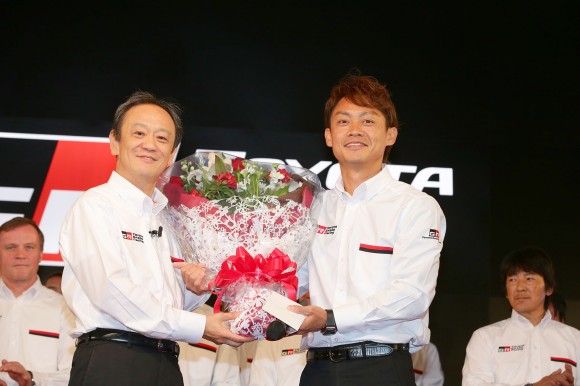
The announcement was sudden, and emotional, even for a driver who, at 44 years old this July, was nearing the sunset of an incredible racing career.
A former All-Japan Formula Three champion, and five times a race winner in Formula Nippon, Wakisaka enjoyed his greatest successes in Super GT, winning three championships for Toyota and Lexus, scoring eleven career wins – only fitting for the man whose given name translates to “eleven” – thirty-five career podiums, and 901 points scored in the premier class, plus an additional three victories in the Suzuka 1000km – just one short of Kunimitsu Takahashi’s record of four wins in Japan’s great race.
It says a lot that he’s still second all-time on the career pole positions list, despite not winning a pole after the 2004 season.
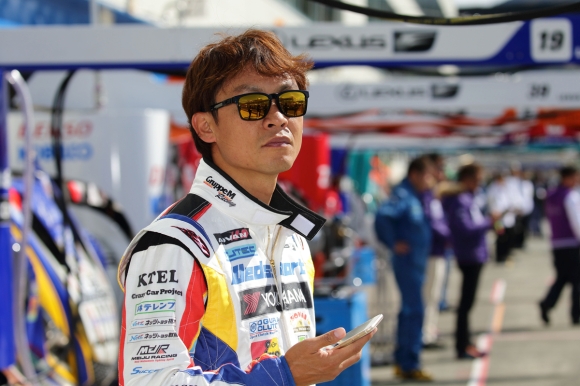
Wakisaka’s all-time numbers are incredible, but they don’t tell the whole story of the man they call “Mr. Super GT”, who throughout his driving career was one of the most entertaining and engaging personalities in public, but once strapped into the seat of a GT500 machine, was one of the most ruthless, uncompromising drivers around. For a modern, younger contemporary, think of someone like Daniel Ricciardo.
Wakisaka’s tenacity was best demonstrated in this legendary finish at the 2003 race at Sportsland Sugo, when coming through the final corner of the final lap, Wakisaka pushed past Érik Comas with a “bump and run” to take the lead, and eventually the race win, by just 0.082 seconds – which was the closest finish in series history at the time.
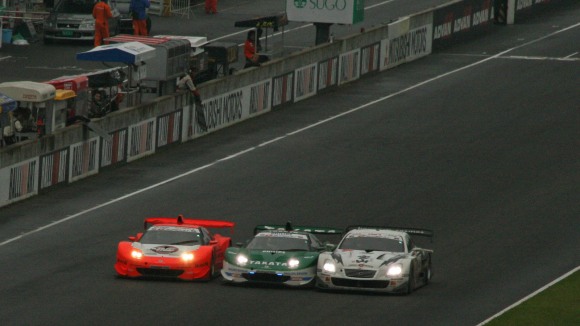
Four years later at the same venue, Wakisaka held his nerve as he and Honda rivals Ryo Michigami and Daisuke Ito clashed for the lead, their cars crossing the start-finish line side-by-side, going three-wide into a treacherous first corner. Wakisaka would only take the lead temporarily before his TOM’s Lexus SC was demoted down the order due to a penalty, but this incredible moment will live on forever.
His career is notable as well for a shocking switch from Honda to Toyota in 2001 that ultimately powered him to his three GT500 championships, and for serving as a mentor figure to the likes of André Lotterer, Hiroaki Ishiura, and Yuhi Sekiguchi in the latter years of his career.
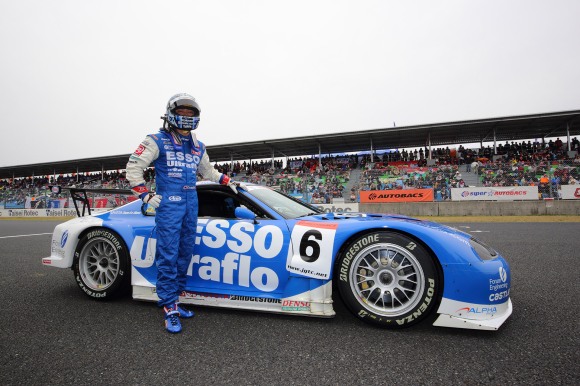
Before the opening round of the 2016 Super GT season at Okayama International Circuit, Wakisaka took to the track for one final lap. This one in the 2002 Esso Ultraflo Toyota Supra, driven by himself and Akira Iida to the GT500 championship that season.
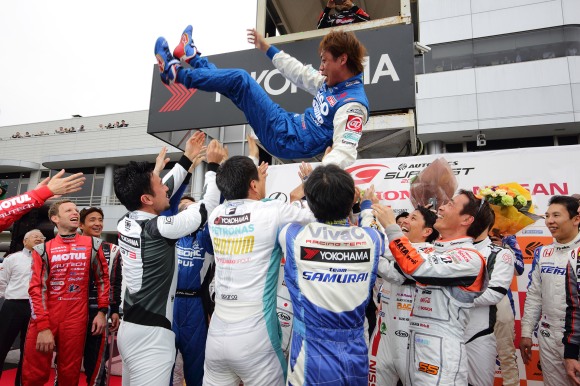
His fellow drivers then celebrated by throwing him into the air in jubilation…
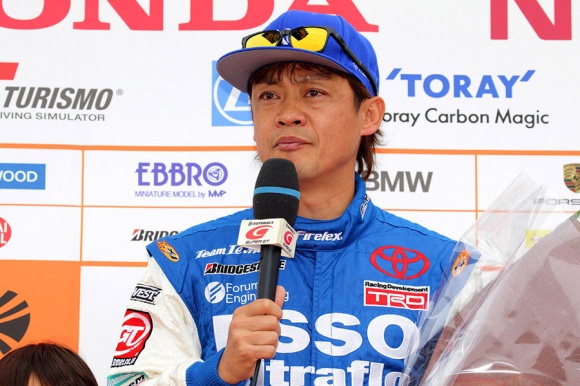
…and in an emotional speech, joined by his two sons on the podium at Okayama, thanked every fan who had supported him over the course of his incredible career.
With an incredible farewell salute, Juichi Wakisaka brought the driving chapter of his Super GT career to a close. Then, as soon as the ink had dried on the final sentence of his driving career, he began writing the first sentence of his new career as a team director.
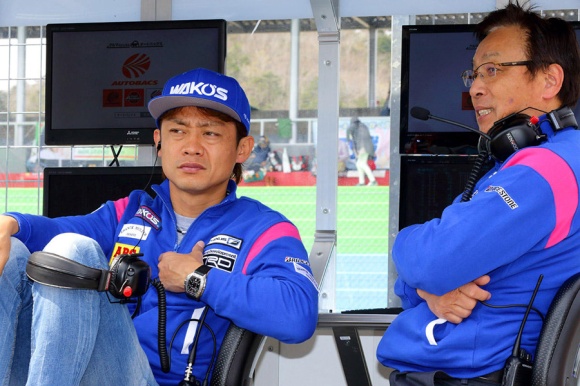
Shortly after his driving retirement was announced, Wakisaka was named the new team director at Lexus Team Wako’s LeMans, the team that he had driven to that 2002 championship. Wakisaka was just one of a few new elements at the team – a new title sponsor in Wako’s Chemical, and a new driver in Andrea Caldarelli to partner Kazuya Oshima.
His first race as a director saw the Wako’s RC-F qualify on the front row, then go on to finish fourth – just off the podium after some hard battles, but a great result nonetheless.
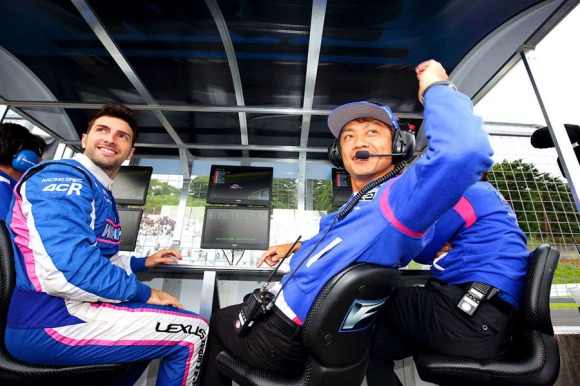
Wakisaka reveled in his new role as team director, guiding his young drivers through a few potentially difficult races to bounce back with strong results – the Wako’s team recorded a series-leading seven top-five finishes in 2016, and a pole position at Sugo only sweetened the deal.
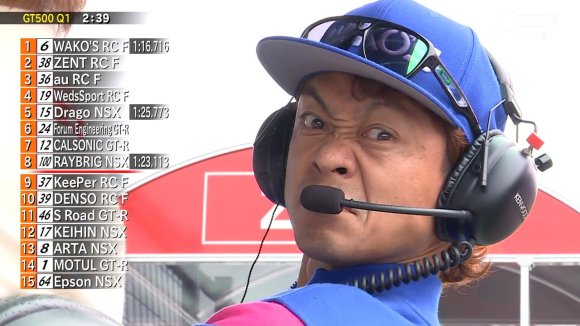
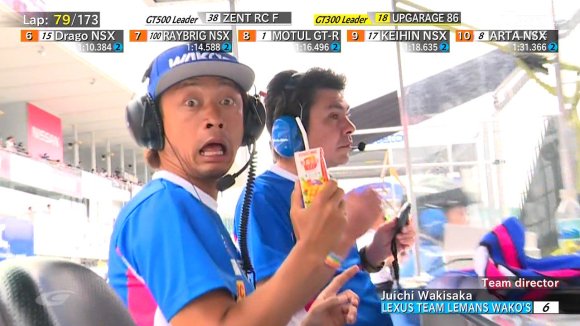
Along the way, Wakisaka kept his entertaining persona alive and well from the director’s chair as he did as a driver. He’s the man who can never keep a straight face when he’s on camera, whether he’s giving a menacing glare into the TV camera, “Bolting” like the sprinter Usain after his driver makes a pass for position, or during Sugo qualifying when he and Lexus Team ZENT Cerumo race queen Aya Hayase had a hilarious duel of hand-folding.
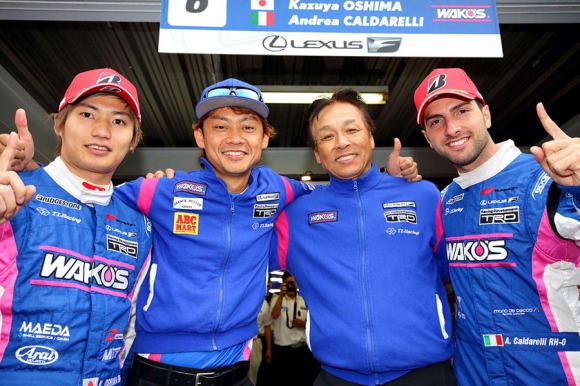
And it worked. The slapstick facial reactions that have become a meme in the Super GT community over the past few years never overshadowed his unrelenting, uncompromising approach as a competitor that he seamlessly wove into the director’s role.
Lexus Team Wako’s LeMans went on to finish second in the GT500 standings, the best season the team had enjoyed in thirteen years – since 2003, when Wakisaka was their driver.
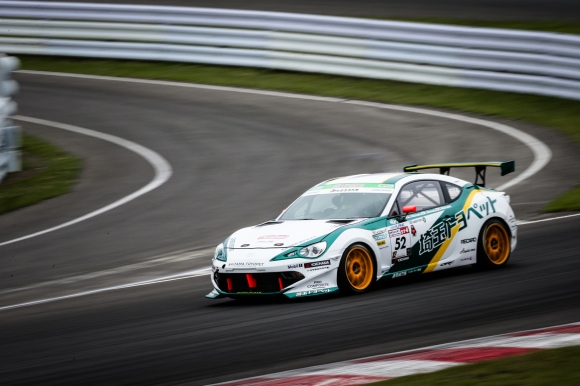
Speaking of driving, while his days racing in Super GT had come to an end, Wakisaka wasn’t quite ready to hang up the fire suit and the crash helmet for good just yet. He joined Saitama Toyopet GreenBrave for the 2016 Super Taikyu Endurance Series, driving their Toyota 86 that had won the previous year’s ST-4 category.
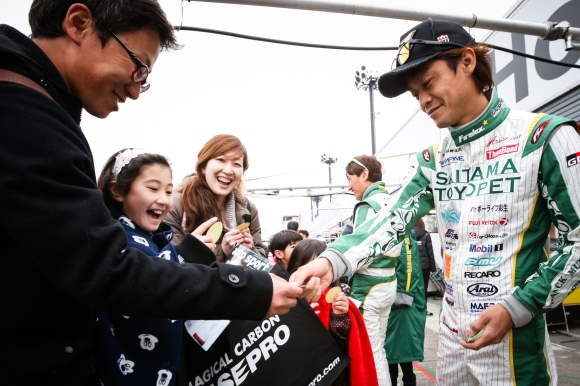
And while there wasn’t a wealth of success in Super Taikyu, or in the Toyota 86/BRZ Race one-make championship, Wakisaka still had fun racing at the lower categories in 2016.
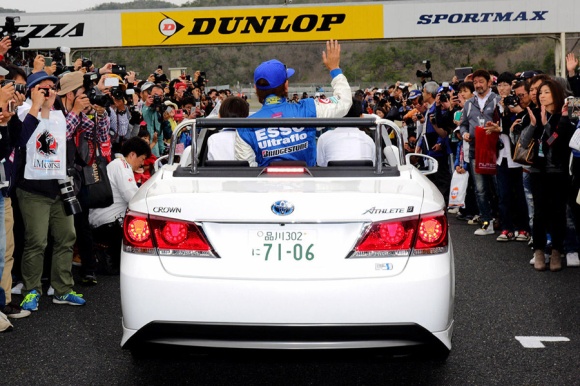
Through all that, and through his new role as an ambassador to Toyota’s global motorsport programme, Wakisaka had quite the busy first year of “retirement”.
He never had a chance to race the 24 Hours of Le Mans, and his closest brush with F1 was a token one-off test in the late 1990s for Jordan. But Wakisaka is respected as one of the all-time legends back home in Japan, and hopefully, he’ll be recognized as such abroad – he’s one of the most colourful, entertaining, and respected drivers in Super GT history.
Even after his driving days have ended, Juichi Wakisaka showed that he still has a lot left to contribute to the series that made him a legend. Long may that continue.
